The Department of Neonatology, Hanoi Children's Hospital admitted a baby in a state of severe vomiting and cyanosis. Immediately upon admission, the doctors held an interdisciplinary consultation (Neonatal, General Surgery, Anesthesia and Resuscitation) and conducted an in-depth diagnosis through tests such as: esophageal X-ray with contrast, echocardiography, etc.
Through tests, the baby was found to have type C esophageal atresia - a dangerous congenital malformation, at the same time, the baby also had complications of severe pneumonia and a small ductus arteriosus. This is a critical situation, directly threatening the life of the newborn if not intervened promptly.
Faced with the critical situation, the surgical team led by Master, Specialist II Doctor Tran Van Quyet, Head of the General Surgery Department, performed emergency surgery. The doctors performed complex techniques including finding and cutting the tracheoesophageal fistula, then anastomosis of the esophagus end-to-end to re-establish the continuity of the digestive tract.
The surgery was difficult, the patient was only 2 days old, weighing 3kg, making the anesthesia and resuscitation process challenging. In addition, although the approach was open surgery, because the child was a newborn, the surgical space was extremely narrow, the incision was only about 5cm long, requiring absolute precision in each operation. In particular, the damage caused by type C esophageal atresia was very large, identifying and removing the tracheoesophageal fistula was difficult because the tissues were very small and fragile.
After many hours of effort and high concentration of the surgical team, the surgery was successful, the baby avoided dangerous complications that could have threatened his life.
 |
The baby is cared for post-operatively. |
After surgery, the baby continued to be monitored and given special care by the Neonatal Department to ensure the best recovery. Doctors actively resuscitated the baby with measures such as maintaining mechanical ventilation to control the risk of pulmonary hypertension, intravenous nutrition to ensure adequate nutrition, and closely monitored complications such as infection and anastomotic leakage.
After eight days of treatment, the patient's health condition has improved, the baby has been taken off the ventilator and switched to non-invasive oxygen therapy; the pneumonia has improved significantly and the baby is preparing to have the drain removed to start eating.
Doctors recommend that if a newborn shows abnormal symptoms such as increased salivation, foaming at the mouth, cyanosis at the first feeding, coughing, vomiting immediately after birth, etc., parents need to closely monitor and take the baby to a specialized medical facility for examination and timely intervention.
Esophageal atresia and stenosis are dangerous congenital malformations, but if diagnosed early, operated on promptly and given good post-operative care, the child can fully recover and develop healthily.
Source: https://nhandan.vn/phau-thuat-cuu-be-so-sinh-hai-ngay-tuoi-mac-teo-thuc-quan-type-c-post868117.html


![[Photo] Ministry of Defense sees off relief forces to the airport to Myanmar for mission](https://vstatic.vietnam.vn/vietnam/resource/IMAGE/2025/3/30/245629fab9d644fd909ecd67f1749123)



![[Photo] Prime Minister Pham Minh Chinh chairs meeting to remove difficulties for projects](https://vstatic.vietnam.vn/vietnam/resource/IMAGE/2025/3/30/7d354a396d4e4699adc2ccc0d44fbd4f)


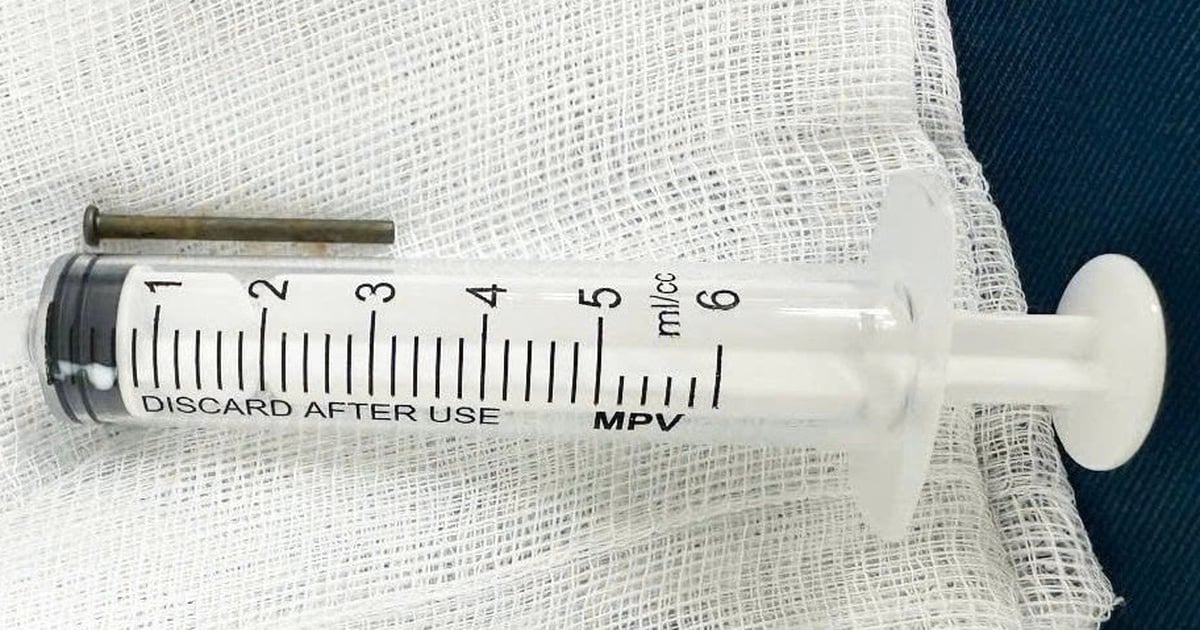

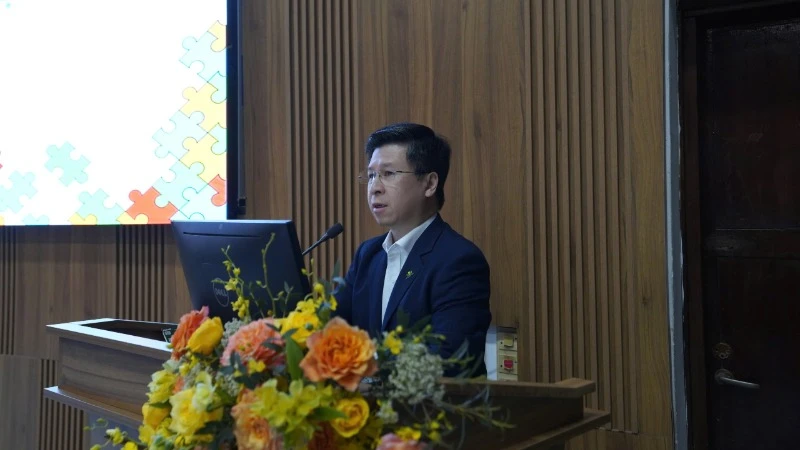
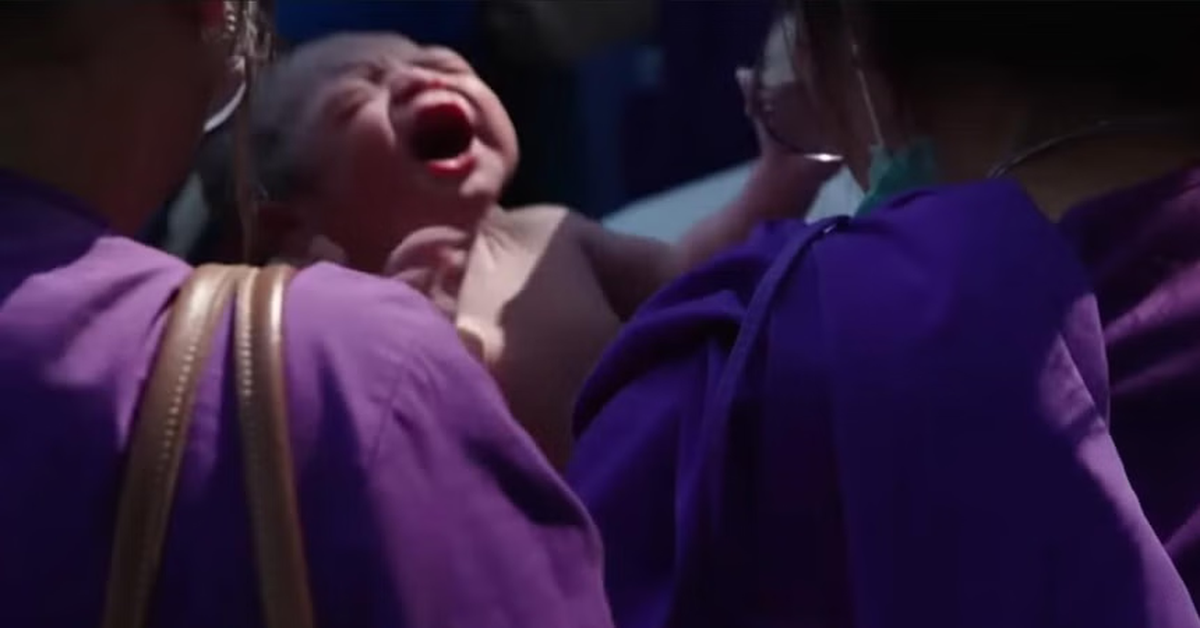
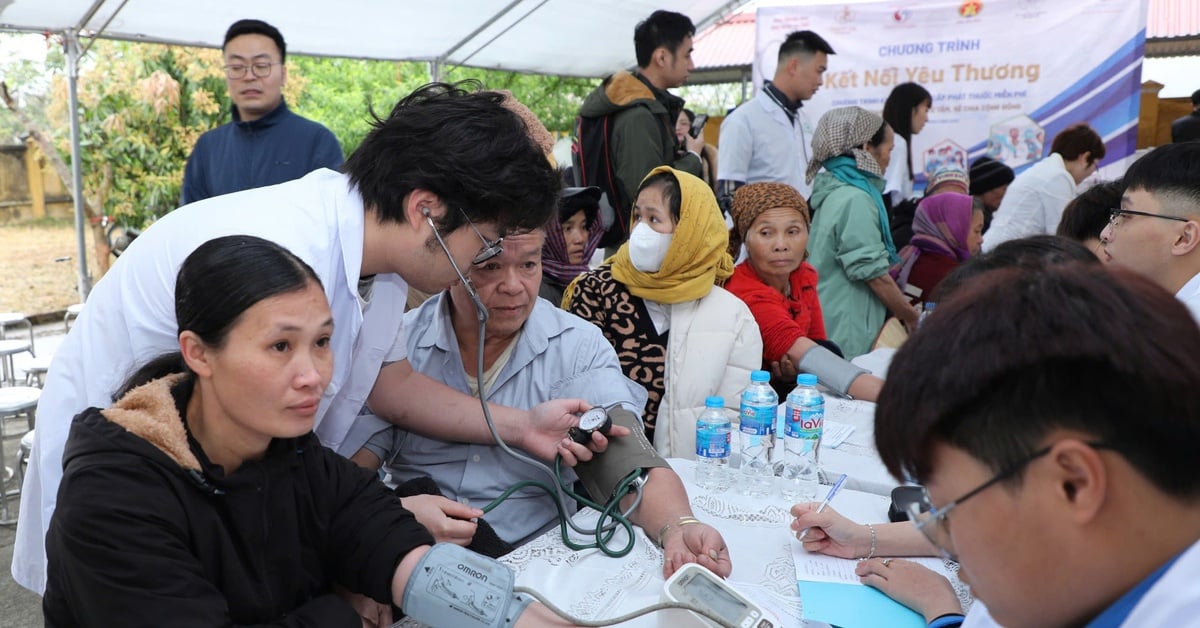



















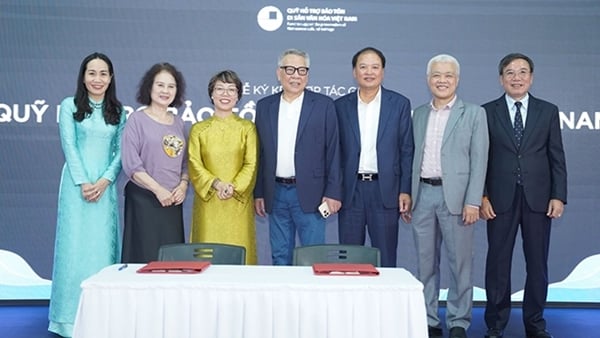
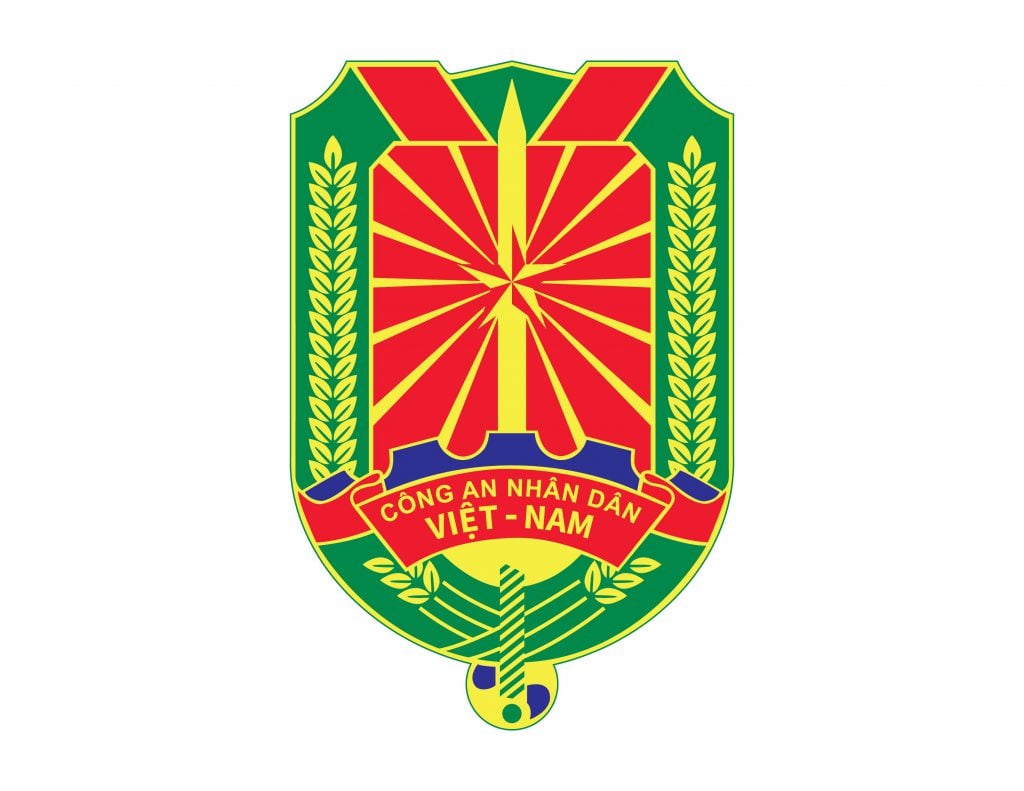
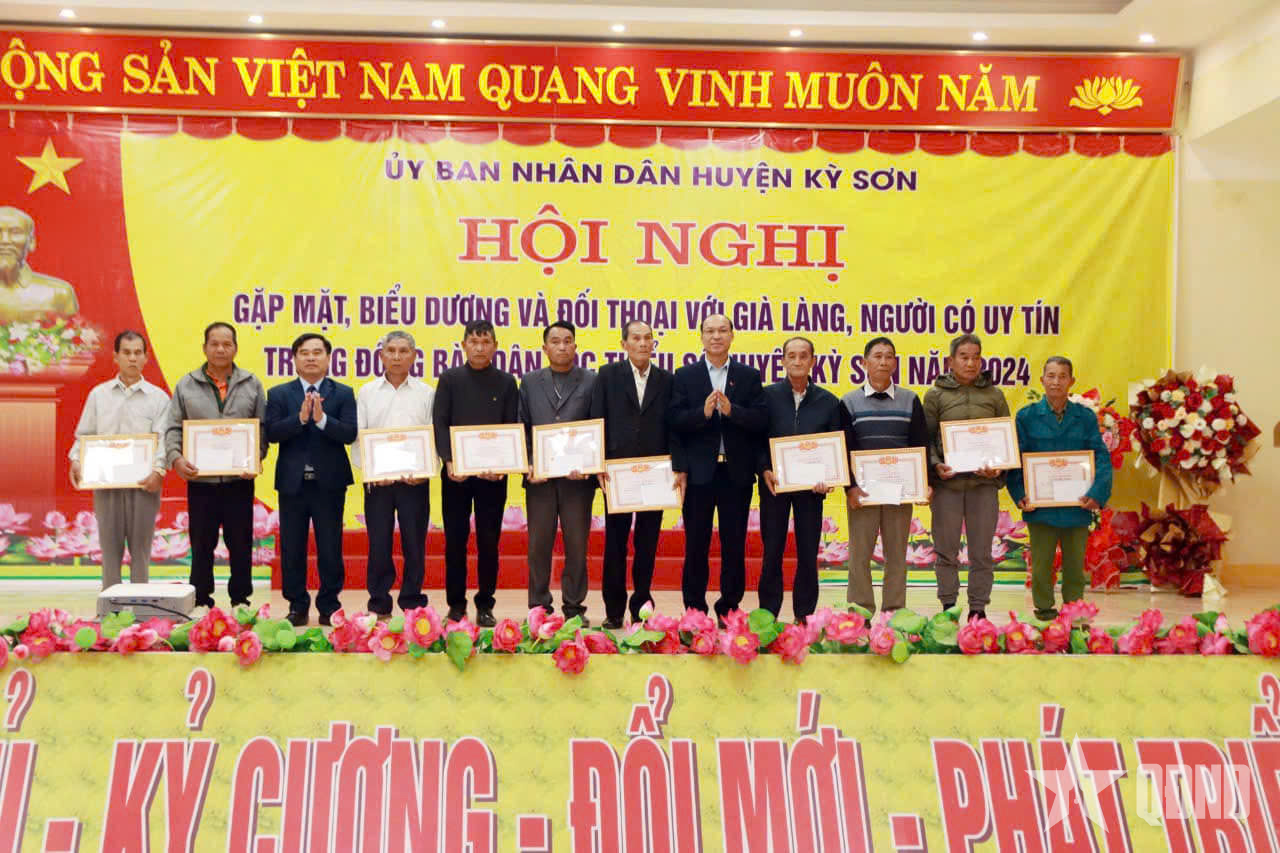




















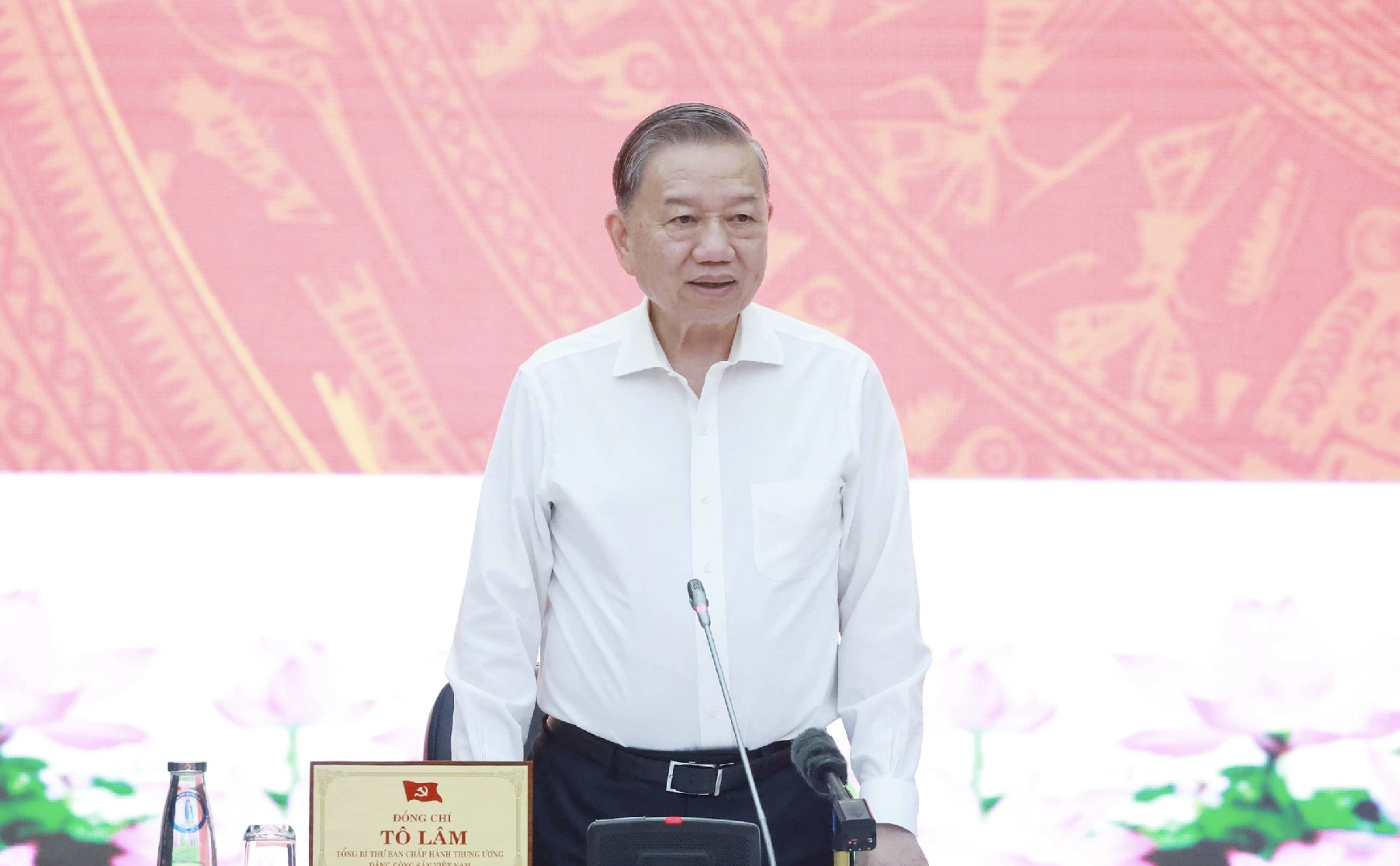





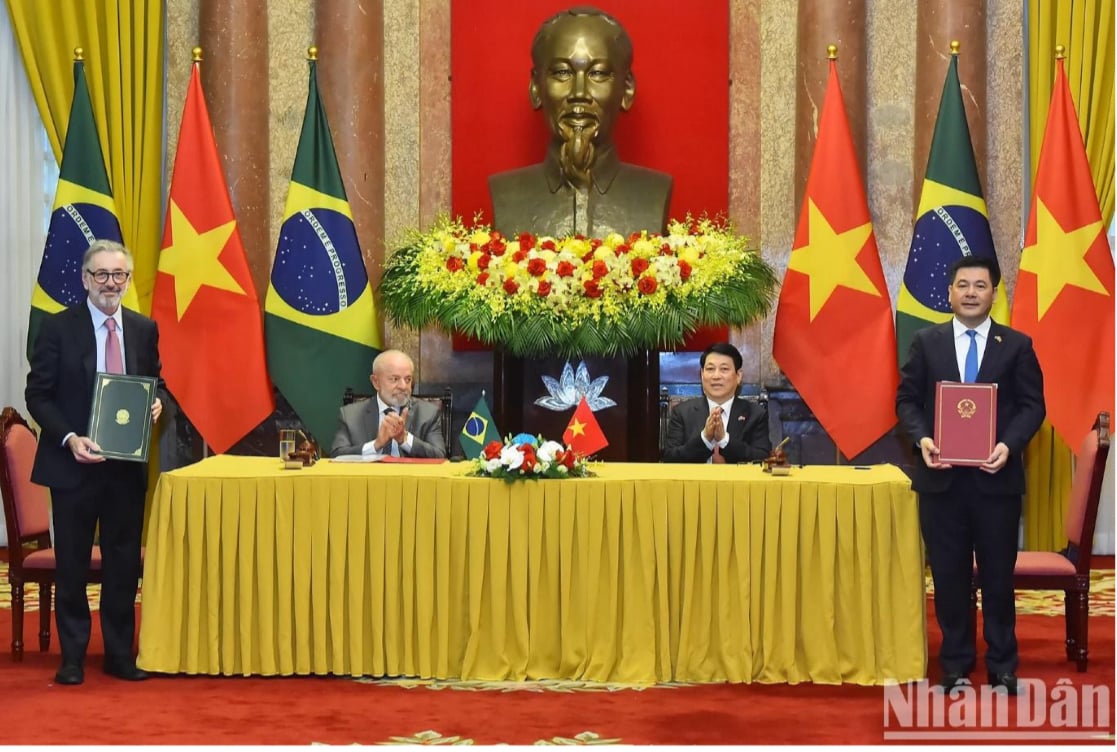







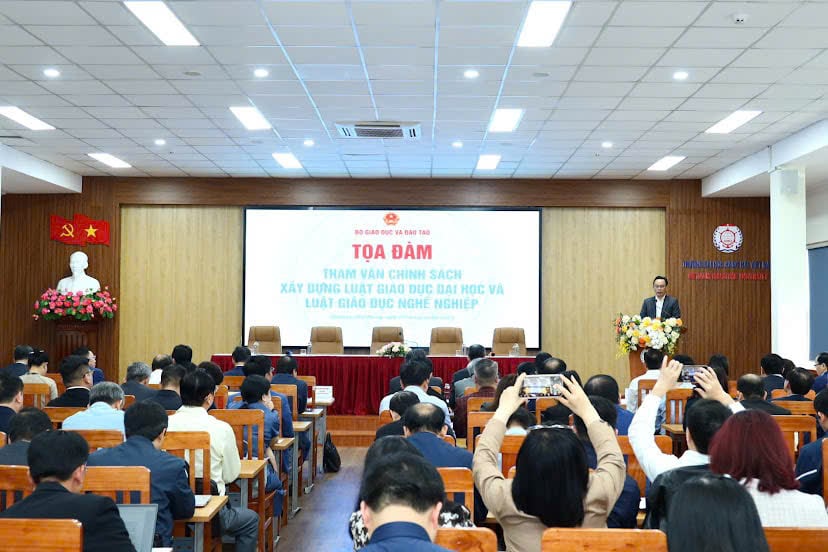



![[Podcast]. Always love buffalo... jackfruit leaves](https://vstatic.vietnam.vn/vietnam/resource/IMAGE/2025/3/30/1da4254329ba4bc79e0d9905dbc2a52b)



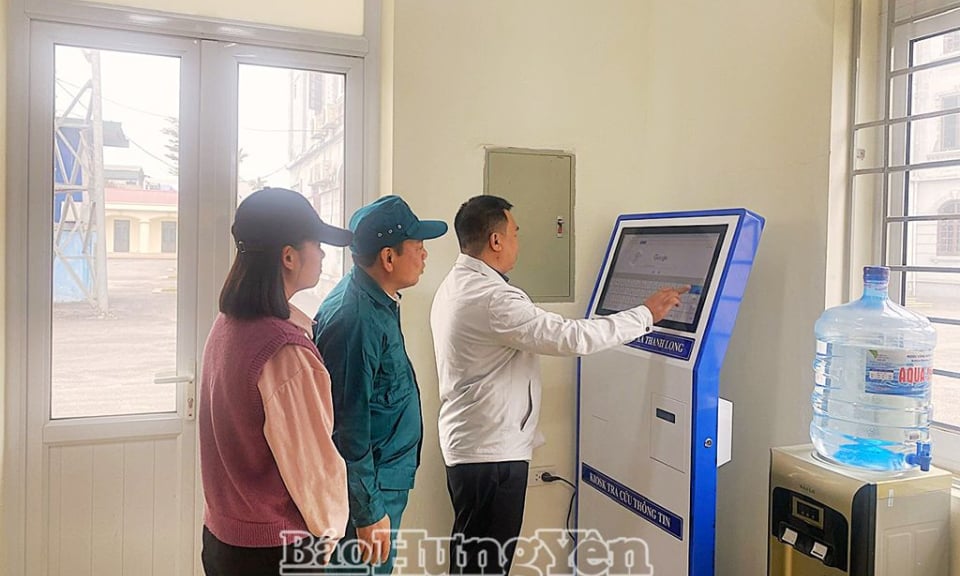


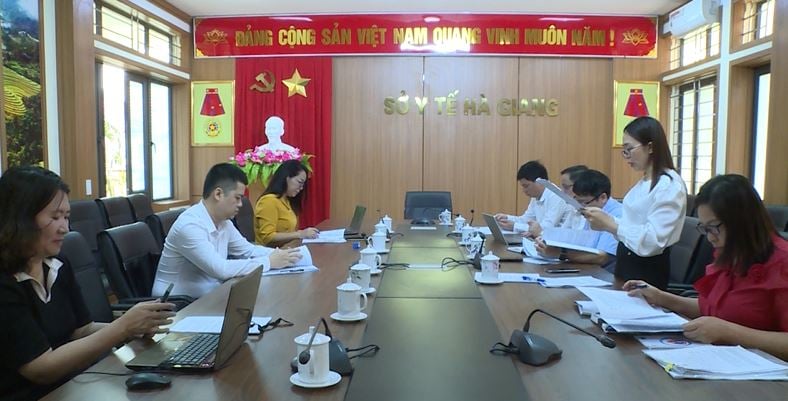

![[REVIEW OCOP] An Lanh Huong Vet Yen Cat](https://vstatic.vietnam.vn/vietnam/resource/IMAGE/2025/3/27/c25032328e9a47be9991d5be7c0cad8c)







Comment (0)